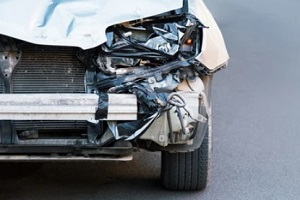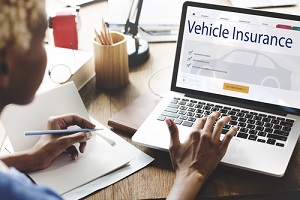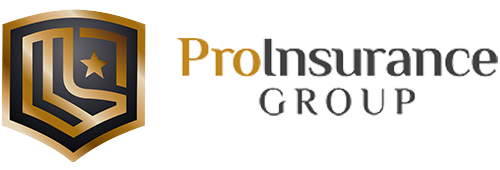 If you are in an accident, you will quickly learn what you have, or have not, been paying for with your insurance. It is important to understand exactly what coverage you have chosen, and what limits you have set.
If you are in an accident, you will quickly learn what you have, or have not, been paying for with your insurance. It is important to understand exactly what coverage you have chosen, and what limits you have set.
If you are looking at the Physical Damage box on your policy outline and are unsure what this means to you, this guide will help you understand some of those terms and if that coverage is right for you.
When it comes to auto-insurance, physical damage is any damage to your vehicle including inside, outside, mechanical and electrical. When you want to insure your vehicle against physical damage, there are several options for this and an experienced insurance provider can better outline those that are best suited for you.
Types of Insurance
Unless you are purchasing a car for the first, you likely already have Liability Insurance which is required in every state in order to operate a vehicle. Liability insurance applies to the vehicle(s) that your car has collided with; therefore, in case of an accident, if you are found at fault, your insurance will pay for the other person’s property damage, and medical bills in the event of injury. This insurance does not cover any damage to your vehicle.
To protect your vehicle from physical damages, there are two options, one of which is to pair a liability coverage for your car with your existing liability insurance individually, and the other option is to instead, purchase full or comprehensive coverage.
Full coverage auto insurance is an auto policy that applies to you personally, not a particular vehicle. This includes accidents outside of any control, such as with theft or a fire. Another name often applied to this is OTC coverage, which stands for ‘other than collision.
 One of the most important aspects of covering your vehicle is coverage provided by Collision Insurance. This is what is most often referred to as Physical Damage Insurance. Collision Insurance pays for your vehicle in the event of an accident where it is determined that you are at fault.
One of the most important aspects of covering your vehicle is coverage provided by Collision Insurance. This is what is most often referred to as Physical Damage Insurance. Collision Insurance pays for your vehicle in the event of an accident where it is determined that you are at fault.
If, for example, you have been hit by another car, the Liability Insurance of the other driver would cover your costs, but in the event of an accident that you have caused, your losses are also covered.
Additionally, if you were involved in an accident and one of your passengers was injured, you may also be able to cover the medical costs of those who were injured in your car. However, without Collision coverage, your auto-insurer is not required to assist with medical bills in the event of injured passengers. This coverage does not apply to medical unrelated to the accident of claim.
Comprehensive and Collision Insurance typically cost only a small portion more than the mandatory Liability coverage required in every state. It is typically assumed that you will pay more for more coverage, however, Full Coverage, on average, costs approximately $345 a month, and the minimum coverage on average in the U.S. costs about $310. These figures are estimates; most insurance agencies look at each case individually.
Although liability coverage is required by law, some insurers may also require that you pay for collision or physical damage coverage as well. This determination by the insurance may be based on your driving history, your geographic location or if you have leased or loaned your vehicle. A leased or loaned vehicle is often required to have collision coverage by the lender.
On face value, it may seem wise to eliminate coverage to save money; however, an analysis of the upfront cost vs. vehicular and medical damages costs in the event of an accident or other damaging event could prove to be very different. If you do drop your coverage now and try to add it back in a few months, the rates will have likely increased.
Should I Be Paying For Physical Damage Insurance?
 If you are currently reviewing your insurance portfolio and questioning your coverage, it is worth considering what the insurance you are paying for could end up saving you.
If you are currently reviewing your insurance portfolio and questioning your coverage, it is worth considering what the insurance you are paying for could end up saving you.
Full coverage will provide coverage for you in the case of an unlikely weather event such as fire, hail, water, flood or even an explosion or 0. In addition, it covers non-natural damage, such as theft, riot, vandalism or any damage from animals, falling limbs and related events.
It is equally important to understand not only the current coverage you have, but also the other options and packages that are available to you. In the event of an accident is the worst time to realize that you are not fully covered. Consider the protection of Physical Damage insurance with Pro Insurance Group. Our experts can guide you through the coverage that makes the most sense for your specific situation.
